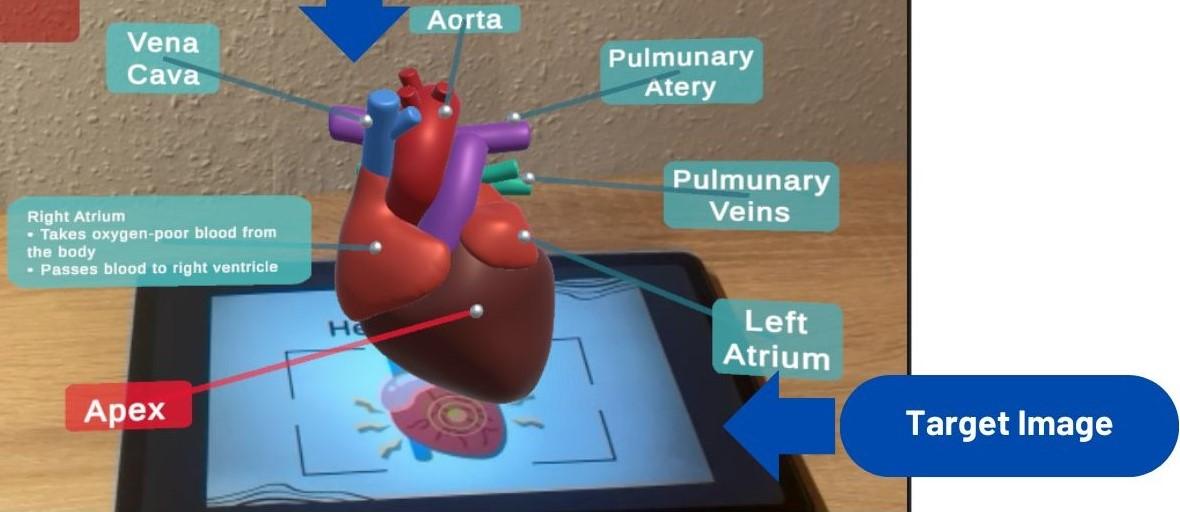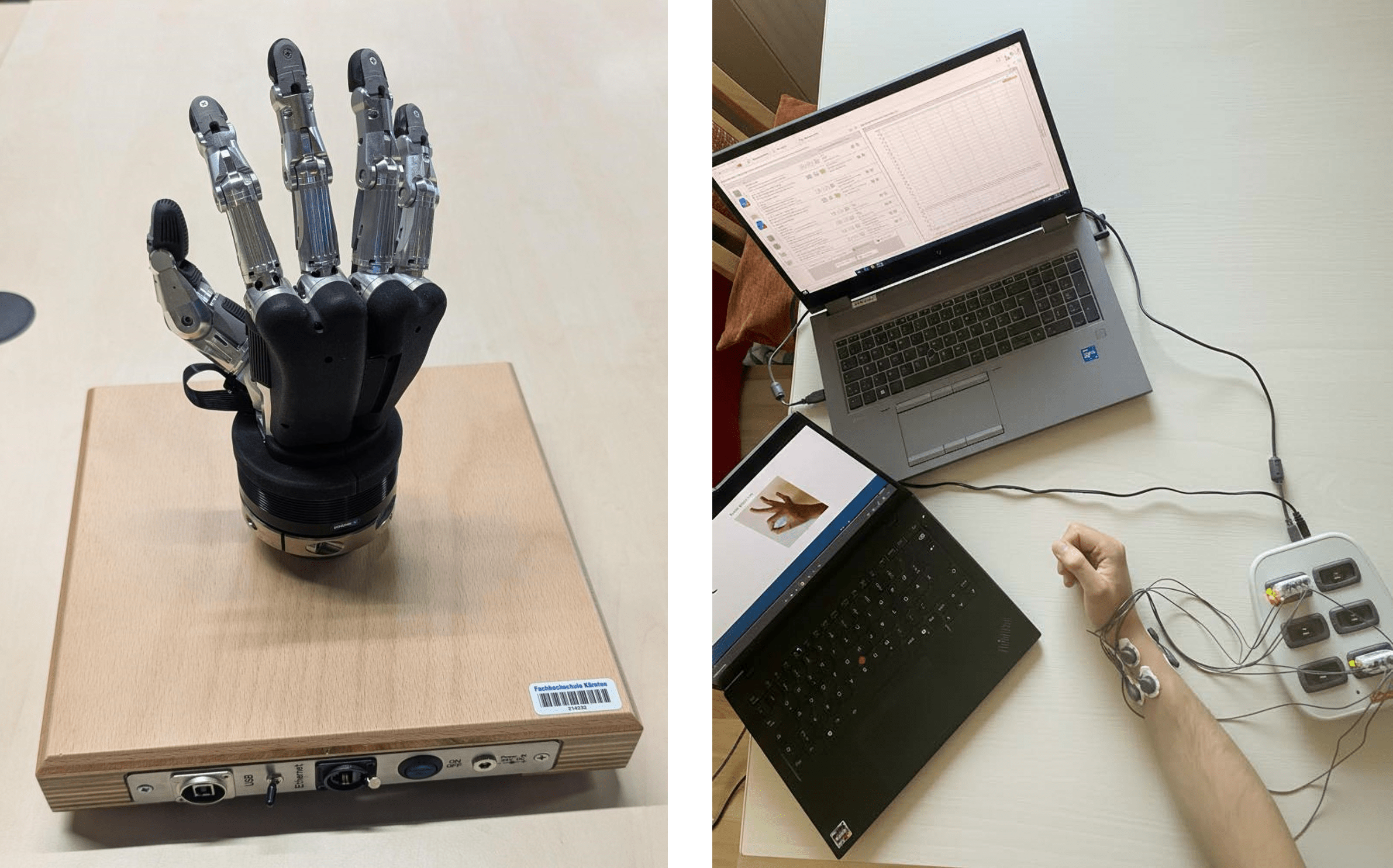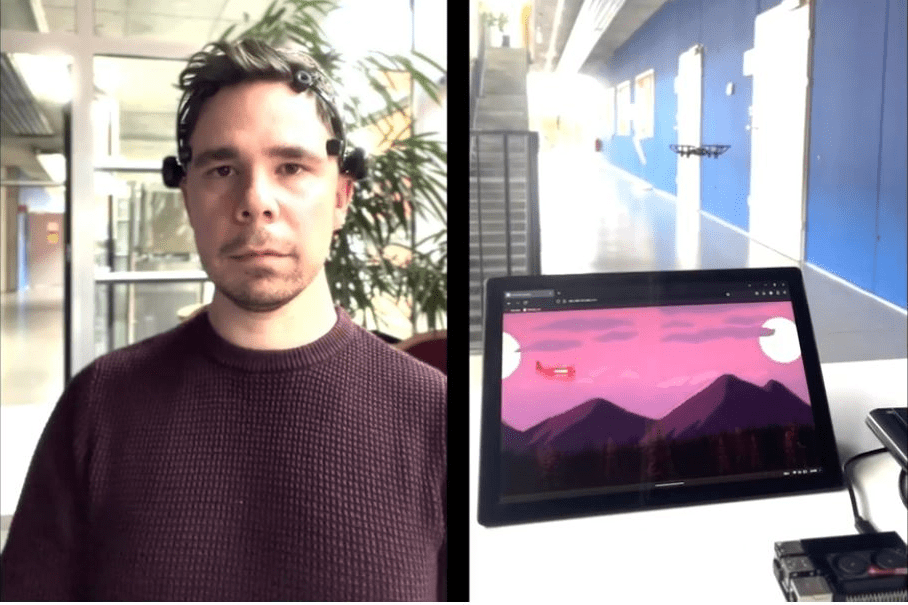Sonography is a widespread medical imaging modality, used to create an image of internal body organs and tissues, such as muscles, tendons and vessels. The possibility of real-time imaging, good soft tissue contrast, low costs, portability and the use of non-ionizing radiation allow a very broad spectrum of applications, including abdominal, fetal, gynecologic, breast, musculoskeletal, heart and intravascular imaging, as well as visualization of blood flow and fetal heart rate monitoring.

To create an image, ultrasound waves, with a frequency of circa 1-18 MHz, are created by a piezoelectric transducer and emitted to the body. At tissue boundaries, the wave is reflected and then captured by the transducer. To create an image, the reflection delay is converted to the position within the image and the echo strength to the respective pixel intensity. Ultrasound imaging provides several modes:
- A-mode (one-dimensional): In Amplitude mode, a single transducer scans a line through the body and the reflection amplitude is recorded as a function of the time delay.
- B-mode (two-dimensional): In Brightness mode, an array of transducers scans a two-dimensional plane through the body, creating an image.
- M-mode: In Motion mode, A-mode acquisition is repeated numerous times in succession, allowing the display of tissue motion (predominately heart) along the chosen ultrasound line.
- Doppler sonography: The direction and the speed of moving targets (mostly blood) is assessed by the frequency shift of the reflected ultrasound wave.

We are excited to teach our students the principles of ultrasound imaging and its different modes with a new ArtUs ultrasound device from Telemed. With the possibility to choose between the clinical and research mode, we will be able to simply demonstrate the ultrasound principles e.g. within bachelor lab exercises but also to show and explain its technical details, the principles of ultrasound image generation and postprocessing. Within the research package (implemented in the C++, MATLAB, Python and LabView environments), Telemed also provides the option to receive and record the raw RF data and a collection of scripts illustrating conventional RF signal processing steps. The ArtUs scanner offers the possibility to implement and run in real-time their own methods for e.g. noise filtering, image segmentation and AI-based processing. We hope that our students will be at least as excited as we are and use the ultrasound device for various student projects.
Stay tuned to hear about our experience and projects with the ArtUs ultrasound device in the future.
Yours,
MedTech @ FH Kärnten Team



